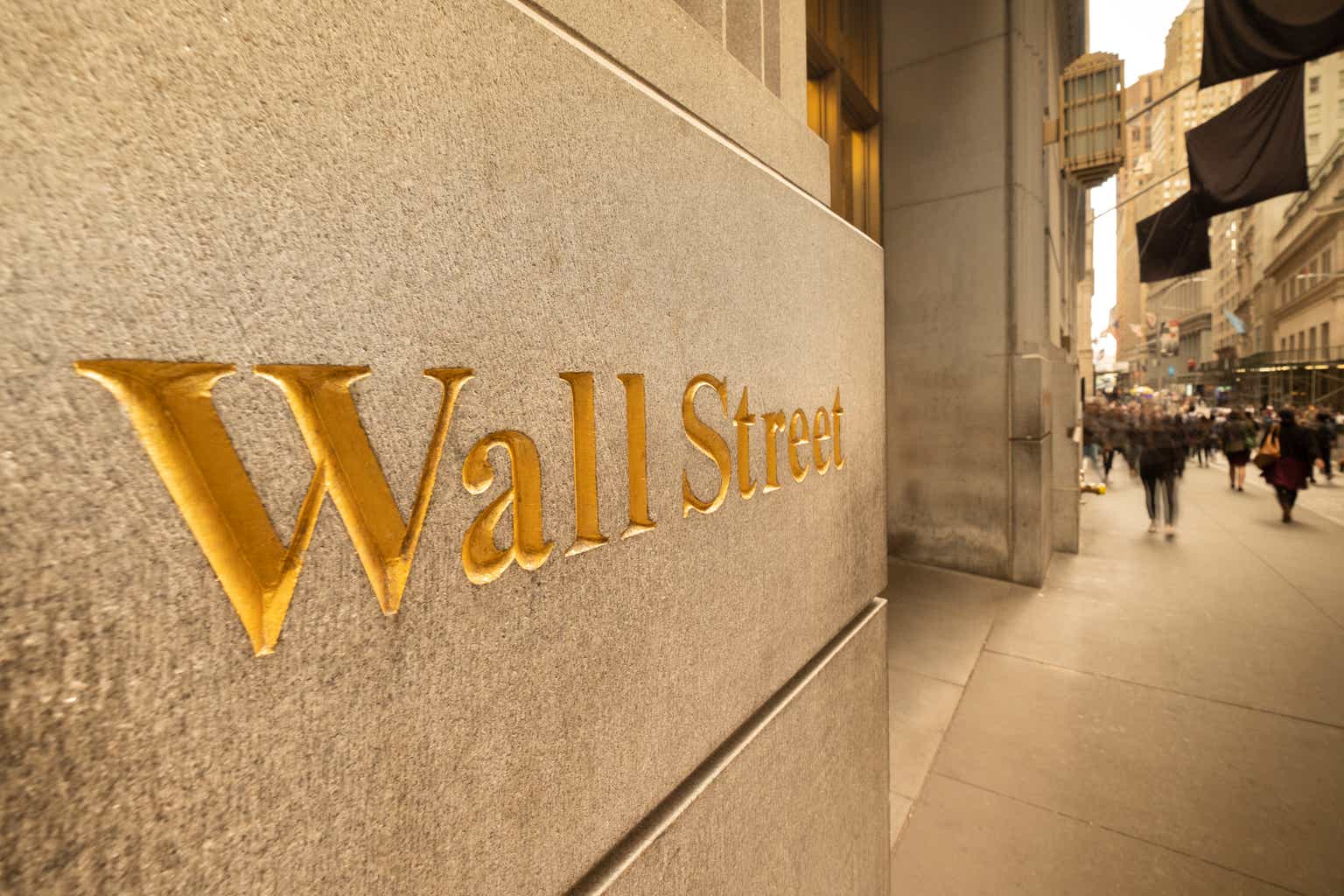You are using an out of date browser. It may not display this or other websites correctly.
You should upgrade or use an alternative browser.
You should upgrade or use an alternative browser.
Boiler Room: The Official Stock Market Discussion
More options
Who Replied?
Current TQQQ Metrics Still Indicate A Bear Market Bottom
This is a follow-up article to an earlier article on TQQQ written on August 16th. Read more to see why I think that the stock market is headed higher.
Summary
- This is a follow-up article to an earlier article on TQQQ written on August 16th. Current TQQQ metrics still support the overall conclusion of that article.
- History shows investors in TQQQ are good at market timing. They hold the greatest number of shares at market bottoms and a smaller number at market tops.
- Because of this, the 110% increase in TQQQ shares outstanding over the last nine months is a sign we are probably at an intermediate-term market bottom.
- The current ratio of assets in ProShares bull and bear funds supports this. It's a contrary opinion indicator and implies that too many unsophisticated investors expect lower prices.
This chart plots the number of TQQQ shares outstanding against its price back to 2010, which was the funds inception. When more investors enter the fund then leave it, the number of shares increase. When more investors leave the fund then buy it, the number deceases. In truth it’s more the amount of money going in and out of the ETF that’s important, not so much the number of investors, but these two correlates.
History shows short term traders in TQQQ have a track record of good market timing. In general, they have the greatest number of long positions in TQQQ at market bottoms and a smaller number at market tops, which is the way it should be.
The chart clearly shows that important stock market bottoms seem to occur when the greatest number of shares of TQQQ are outstanding. Three major market bottoms occurred each accompanied by a surge in shares outstanding. The three dashed lines point each out. The three include the COVID induced, 2020 March bottom.
As of October7th, the number of shares outstanding has gone even higher since the first article was published and is currently at a record of 525,550,000 shares. Because of this, we believe this 110% increase in TQQQ shares over the last nine months is a sign we are probably at an intermediate term market bottom.
Ratio of Assets in ProShares Bull and Bear Funds (Michael McDonald)
The ProShares bull to bear asset ratio is another way we measure investor sentiment or expectations. It takes the dollar value in all the ProShares bull funds and divides it by the dollar value of all the bear funds. At the market top in December there was over 10 times more money in bullish ProShares ETFs than bear market ETFs. It is now down to a little over two.
It’s a contrary opinion indicator. For example, it clearly shows the surge of money into ProShares bull funds from September to December of last year, right before the start of the bear market. The ratio went from 6.5 to 10.5. Extremely bad timing.
What’s important now is the fact that the ratio went to new lows as the S&P returned to the price lows of May. Notice the broken green lines in the graph. It’s flat for stocks and slanted lower for the ratio. This means that even more ProShares investors believe the market’s headed lower than at the May low. This again is what you want to see if you’re a contrarian. It suggests stock prices should move higher over the intermediate term.
Last edited:

Inflation expectations ease, while spending outlook tumbles, Fed consumer survey shows
Consumers expect the inflation rate a year from now to be 5.4%, the lowest number in a year and a decline from 5.75% in August.
KEY POINTS
- Consumers expect the inflation rate a year from now to be 5.4%, the lowest number in a year and a decline from 5.75% in August, according to a New York Fed survey.
- Respondents also indicated that they see household spending growth of 6%. That's the lowest level since January and the biggest one-month decline ever.
Chrishaune
Veteran
There's an economic war going on. I like the way he looks at it from both sides.
Last edited:
I want to buy apple puts so badly, it's literally right at the neckline at 138 of a h&s pattern, refusing to break down so far.
Would be nice if it came back to the 10dma and you just shorted the pop
 xle
xle
British pound jumps on reports UK government may reverse parts of its tax-cutting proposals
Sterling jumped against the U.S. dollar on Thursday following multiple reports that the British government is in talks to scrap parts of its unfunded package of tax cuts.

Inflation increased 0.4% in September, more than expected despite rate hikes
The consumer price index was expected to increase 0.3% in September, according to Dow Jones estimates.
APPL and SPY dropping

BlaxOps
Pro
$TSLA and $NVDA 

Oh shyt Apple broke 138
